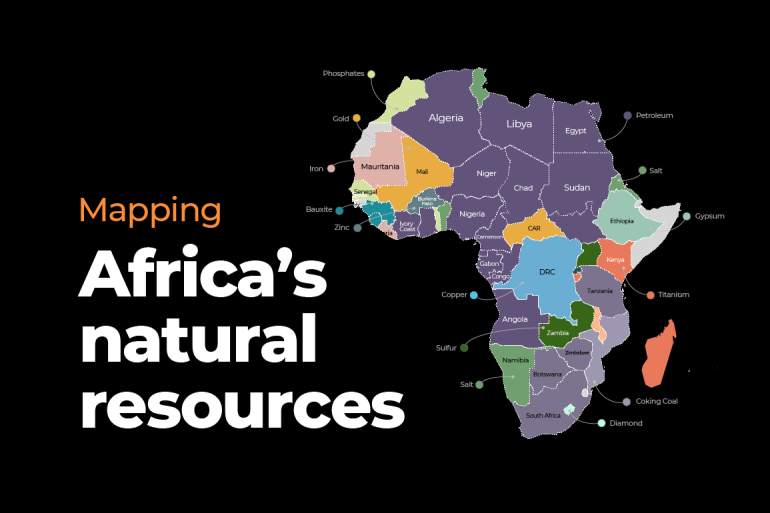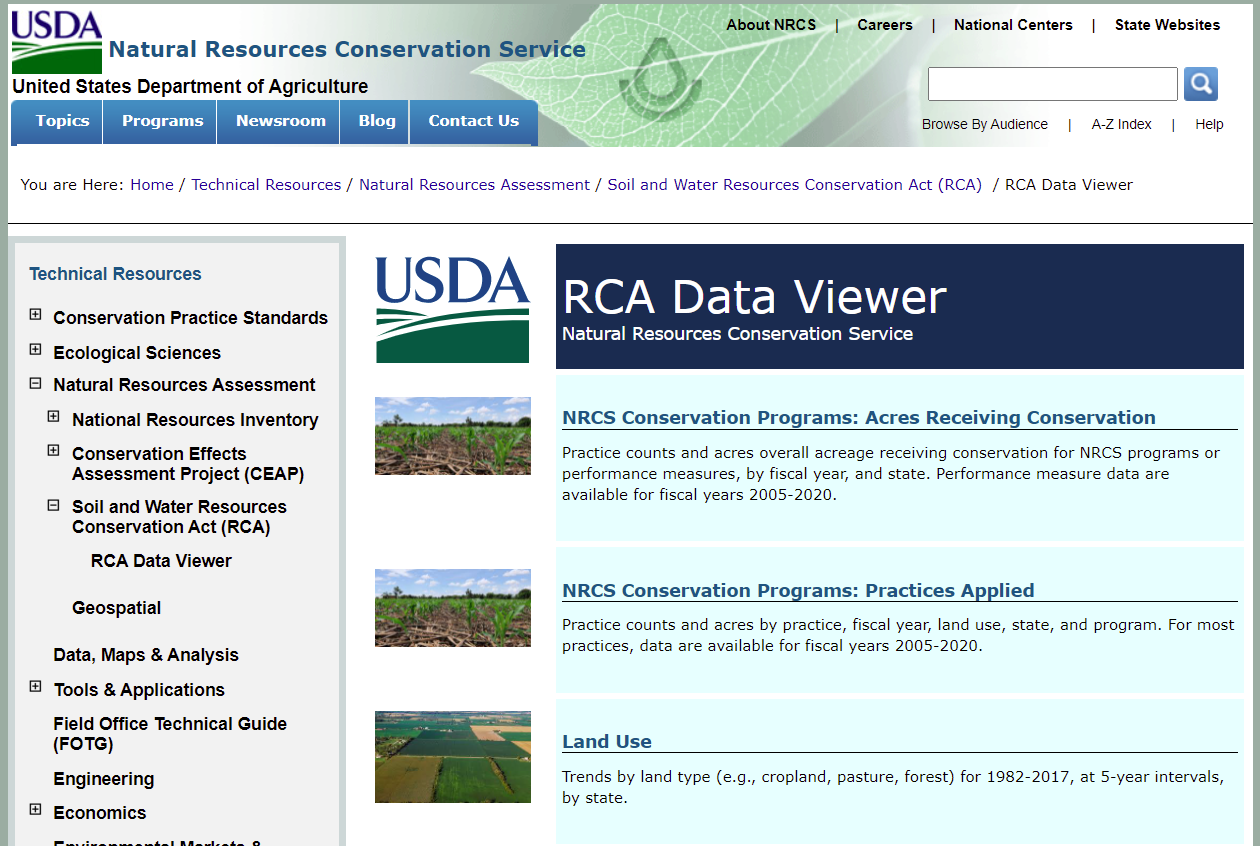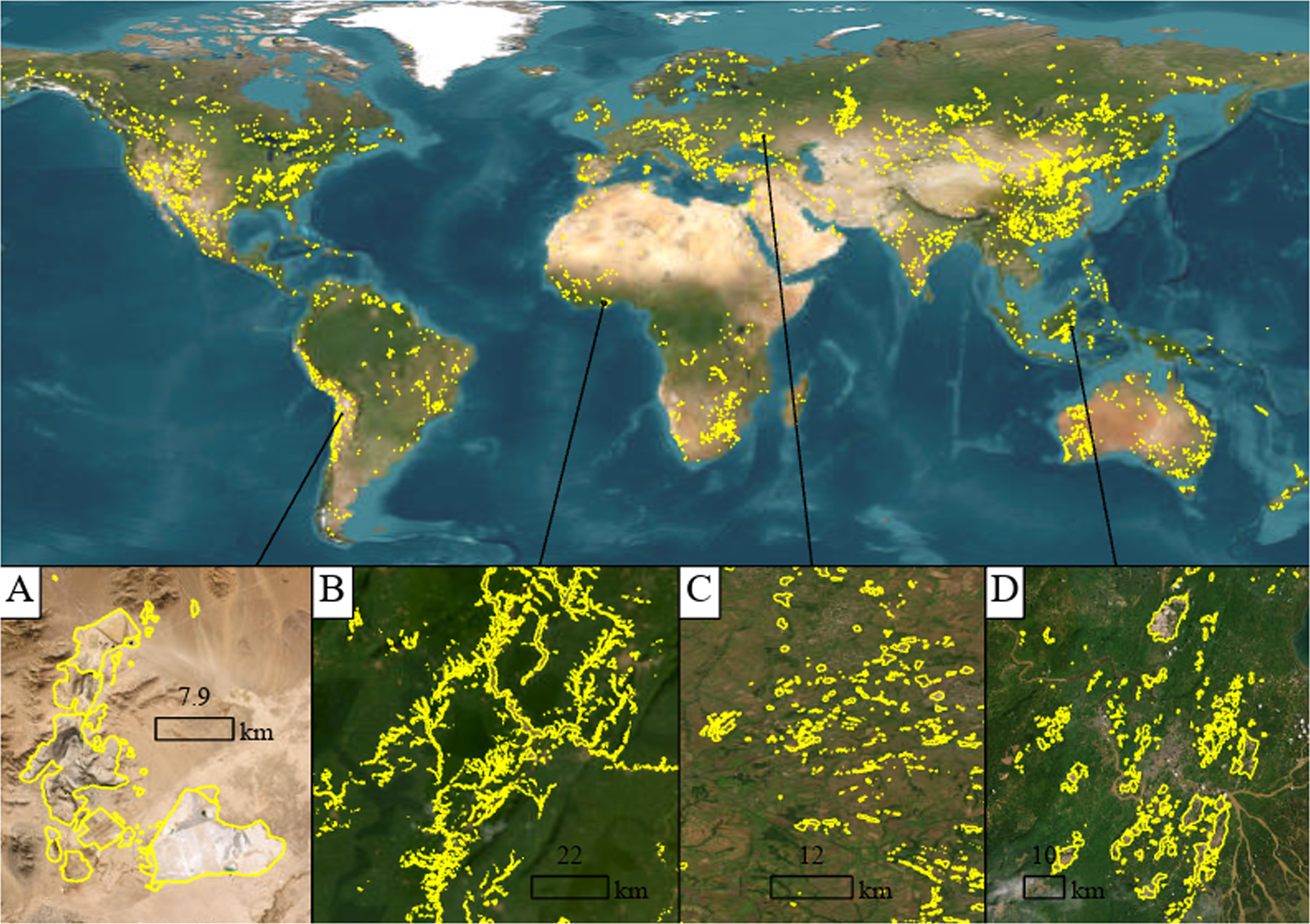When Would You Use an Resource Map: 7 Practical Applications
An economic or resource map is used to understand the economic activities and available resources in a specific region. These maps are utilized by academics, business professionals, and individuals interested in studying economic realities or resource distribution.
By providing visual representations of economic data and resource locations, these maps offer valuable insights for decision-making and analysis. They can be vital tools for identifying opportunities, assessing competition, and understanding the distribution of natural and human-made resources within a region.
Whether for academic research, business planning, or personal interest, economic or resource maps serve as essential instruments for gaining a comprehensive understanding of economic landscapes and resource distribution.
Understanding Economic Maps
An economic or resource map is used by individuals who are interested in studying the economics of a particular region. These maps help identify the different economic activities and natural resources present in an area, making them valuable for academics, economists, business professionals, and anyone curious about the economic realities of a country or region.
Definition Of Economic Maps
An economic map is a visual representation of the economic activities and resources of a specific region or area. It provides valuable information about the distribution, types, and significance of economic activities within a particular location.
Purpose Of Economic Maps
- Understanding economic patterns: Economic maps allow us to identify and analyze the various economic activities and industries in a region. They provide insights into the economic development, specialization, and potential growth areas of a specific location.
- Planning and decision-making: Economic maps are essential tools for businesses, governments, and investors to make informed decisions regarding investments, resource allocation, and market expansion. These maps help in identifying favorable locations for establishing new industries or businesses, based on the available resources and existing economic activities.
- Economic research and analysis: Economists and researchers use economic maps to study and analyze regional economies. By examining the distribution of economic activities, resource availability, and trade patterns, they gain valuable insights into the economic dynamics and interdependencies of a region.
- Educational purposes: Economic maps are commonly used in schools and universities to teach students about economic geography, resource distribution, and regional development. These maps enhance students’ understanding of the economic world and help them grasp the concept of economic interdependence.
Who Uses Economic Maps
- Economists: Economists rely on economic maps to analyze and understand regional economies, identify economic trends, and forecast future economic developments.
- Business professionals: Businesses and entrepreneurs use economic maps to identify potential market opportunities, determine the location for new ventures, and assess the competitive landscape.
- Government agencies: Government departments and agencies utilize economic maps to assess the economic health of a region, plan infrastructure projects, and make informed policy decisions.
- Researchers and academics: Economic researchers and academics utilize economic maps as a tool for conducting economic analysis, studying regional disparities, and exploring the relationship between economic activities and factors such as geography, demography, and natural resources.
- Students and educators: Economic maps are valuable resources for students and educators to understand economic concepts, visualize economic data, and explore the economic landscape of different regions.
- Individuals: Individuals with a curiosity about the economic activities and resources of a specific area can also benefit from economic maps. They can gain a better understanding of the economic realities and potential opportunities within a particular region.
In conclusion, economic maps play a crucial role in understanding the economic landscape of a specific area. They provide valuable insights into the distribution of economic activities, resources, and potential opportunities for businesses, governments, researchers, and individuals alike.

Credit: www.aljazeera.com
Understanding Resource Maps
The understanding and use of resource maps are crucial for various purposes, providing valuable insights into the economic and natural resource landscapes of different regions. To grasp the significance of resource maps, it is vital to explore the definition and purpose of these informational tools.
Definition Of Resource Maps
A resource map is a visual representation of the distribution of natural resources, economic activities, and infrastructure in a specific area. It utilizes distinct symbols or colors to illustrate the types of resources and economic activities prevailing in a region.
Purpose Of Resource Maps
The primary purpose of resource maps is to facilitate understanding and analysis of the economic and natural resource characteristics of a region. These maps are utilized by various stakeholders, including economists, business professionals, researchers, and students, to gain insights into the resource distribution and economic activities of a particular area.
Practical Applications Of Economic Maps
Economic maps are used by individuals interested in studying the economics of a specific region, whether for academic, business, or personal reasons. These maps provide valuable insights into the economic activities, resources, and industries present in an area. They can be used by economists, academics, business professionals, and anyone curious about the economic landscape of a particular region.
Academic Research
Academic researchers utilize economic maps to explore regional economic disparities, identify resource distribution, and analyze the impact of economic activities on a specific area.
Business Planning And Decision Making
Economic maps play a crucial role in business planning and decision-making by providing valuable insights into market potential, resource availability, and competition intensity, aiding in location selection and market penetration strategies.
Market Analysis And Competition
Economic maps are instrumental in performing market analysis and competition assessment. Businesses leverage these maps to identify untapped markets, assess competitive landscapes, and strategically position themselves for market expansion.
Government Policy Development
Government policymakers rely on economic maps to formulate policies, identify areas requiring economic development interventions, and allocate resources effectively to foster sustainable economic growth and regional development.
Personal Financial Planning
For individuals, economic maps serve as valuable tools for personal financial planning, aiding in identifying regions with favorable economic conditions and opportunities for employment or business investments.

Credit: pubs.acs.org
Practical Applications Of Resource Maps
Economic or resource maps are used by individuals who want to gain a deeper understanding of the economic realities of a region. These maps are valuable tools for economists, academics, business professionals, and anyone with an interest in studying the various economic aspects of countries or regions.
Additionally, resource maps help students analyze the location and use of major resources for the production of goods.
Resource maps serve as valuable tools in various fields and industries, offering insights into the economic activities and natural resources of a particular region. These maps have practical applications in education, natural resource management, regional development planning, infrastructure and resource allocation, as well as community engagement and empowerment.
Educational Applications
Resource maps play a vital role in the field of education, helping students understand the distribution and utilization of natural resources. They enable students to analyze resource locations and their connection to the production of goods consumed by individuals. Students can effectively use resource maps to identify natural resources and learn about the products derived from them.
Natural Resource Management
In the realm of natural resource management, resource maps serve as crucial tools for identifying and monitoring the distribution of natural resources. These maps provide valuable information for conservation efforts, enabling professionals to assess the availability and sustainability of resources in specific areas. By understanding the location of natural resources, managers can plan and implement strategies that promote responsible resource utilization.
Regional Development Planning
Resource maps are indispensable for regional development planning, allowing policymakers and urban planners to make informed decisions regarding resource allocation and economic development. These maps provide a comprehensive overview of the economic activities dominating an area, highlighting the types of natural resources or economic activities present. By identifying areas with little or no competition, businesses can strategically invest and contribute to the growth and development of a region.
Infrastructure And Resource Allocation
Resource maps are valuable in infrastructure development and resource allocation. They assist in identifying areas with high concentrations of natural resources, providing guidance for infrastructure projects such as pipelines, transportation routes, and energy facilities. By understanding the resource distribution, governments and organizations can optimize resource allocation, minimizing waste and maximizing efficiency.
Community Engagement And Empowerment
Resource maps empower local communities by providing them with knowledge about the natural resources present in their area. These maps promote community engagement and involvement in decision-making processes, ensuring that individuals have a say in resource management and economic activities. By understanding the resources available, communities can actively participate in sustainable development initiatives, fostering economic growth and environmental conservation.
In conclusion, resource maps have practical applications across various sectors, including education, natural resource management, regional development planning, infrastructure and resource allocation, as well as community engagement and empowerment. These maps provide valuable insights into the economic activities and natural resources of a region, enabling informed decision-making and sustainable development.
(Note: This response follows HTML syntax and incorporates SEO optimization techniques such as the use of heading tags, bolding important keywords, and providing valuable information in short, readable sentences.)

Credit: www.usda.gov
Conclusion
Economic or resource maps are incredibly useful tools for anyone seeking to understand the economic landscape of a particular region. Whether you’re an economist, business professional, or simply curious, these maps provide valuable insights into the distribution and utilization of resources within an area.
By analyzing resource maps, students can also gain a deeper understanding of the location and usage of natural resources, contributing to their knowledge of various goods and their production processes. Overall, economic and resource maps are versatile tools that offer valuable information for academic, business, and personal purposes.




